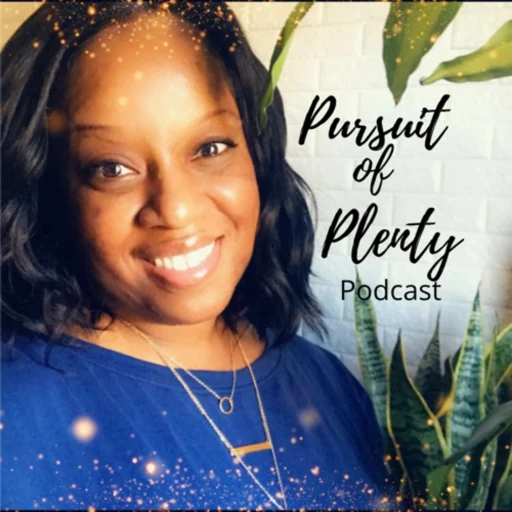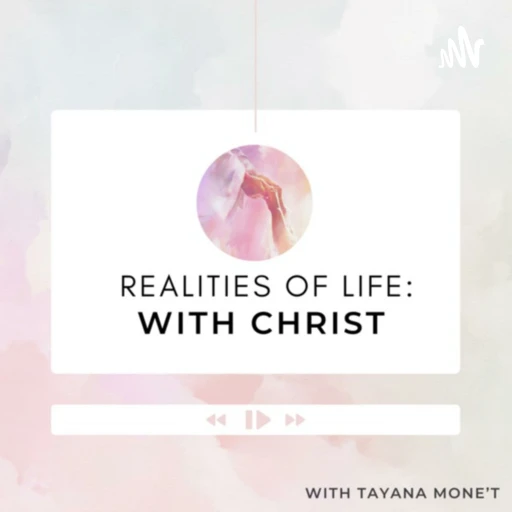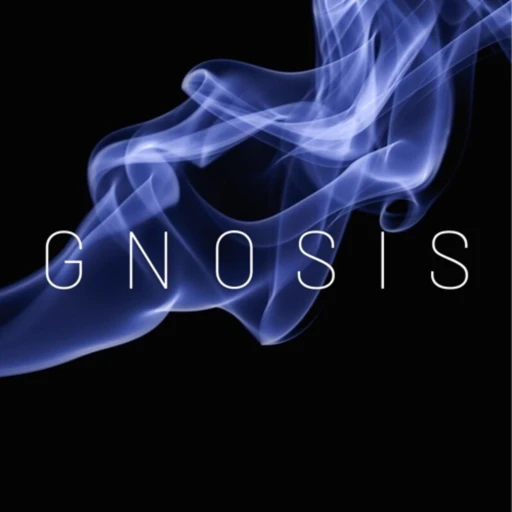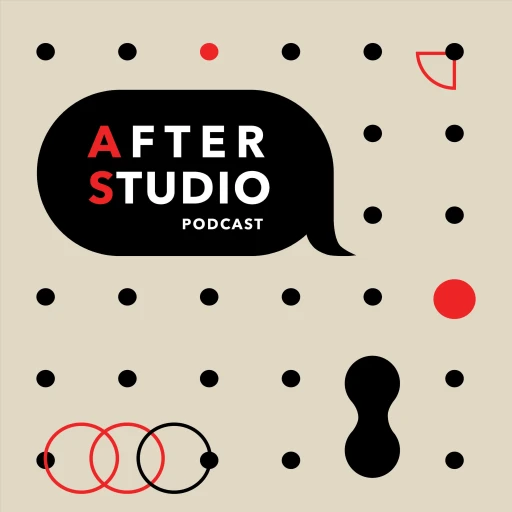The “Sleeping Giant Dreams” podcast is a part of Eleanor Bauer’s ongoing research as a PhD candidate in Choreography at Stockholm University of the Arts.
“At its foundation, my research concerns the media-specificity of thought. As such, I ask how we can consider dancing as a kind of thinking, which, in practices of choreography, performs and informs the medium of thought of writing. My research project is called ‘choreo | graphy,’ with a line between the two to denote the difference between and open up a reflection on the relation between ‘choreo-‘ from khoreia, meaning ‘dancing together,’ and ‘-graphy’ from graphia, or ‘writing.’ Therefore, at its heart, my research is also interdisciplinary.
Conversation is a form of sustenance for me in my own research as way of thinking through and with others. The social and collaborative effort of oral communication feels for me closer to dancing – musically and structurally and emotionally – than writing alone. So conversation as such is a part of my contemplation on the way dance and writing can meet each other halfway. Furthermore, since interdisciplinary discourse and exchange is a foundational value of knowledge production in my artistic practice and research, I purposefully extend my curiosity to others who can engage my choreographic questions from multiple positions and perspectives that I myself am not expert in. Therefore, the guests on this podcast are scattered in their fields of expertise.
This new podcast is called ‘Sleeping Giant Dreams’ because the figure of the sleeping giant is a container to reflect on the moment of large scale arrest (and unrest) caused by the global condition of COVID-19. As our human bodies are no longer moving in habitual pathways throughout the world, caused by a micro-body whose behaviours we are still coming to understand, bodies of all scales are an increasingly present container for awareness of the values that structure and limit our movement abilities through spacetime. I am interested to look at different scales of the ‘bodies’ one may inhabit, from micro to macro (cell, organ, human, home, chosen or unchosen family, community, institution, city, state, land, planet) as well as the plurality of bodies on and within each meta-body, in order to think about speed, rhythm, scale, relation, orchestration, and how we make sense of it all with our senses, from different angles of expertise and through different ‘media of thought.’
I am interested to think about choreography as a relation between micro and macro, from the multiplicity of embodied intelligences orchestrated in the polyphonic chorus of a moving mody-bind (body + mind) to the macro-cosmologies and values that structure our behaviours and decisions. The institutional, organisational, and emergent translations between the micro and macro are perhaps where one can say the ‘writing’ of choreography takes form, in various modes of formation and formality that coordinate our collective movements. Beyond a discourse of choreography as expanded practice, or even dance as expanded practice, I am rather curious about the critical interfaces of influence (influenza) whereby bodies of all scales are informed-by, assume form within, and in turn inform each other in a dynamic ecosystem. In these conversations I am interested in the insights and reflections that may come from this moment of transformation and adaptation, to see what values and practices emerge in alignment towards ever shifting horizons.
In the relatively arrested momentum of human movement on a large scale, in the reduction of each our own physical largesse and mobility, various transformations, adaptations, and demands in scale and speed are heightened in each of our lived experience. How does this sleeping giant toss and turn, dream and integrate these unforeseen lessons? And how might we tickle this giant in its sleep so as to transform it in its waking?”
Categories: Arts


















